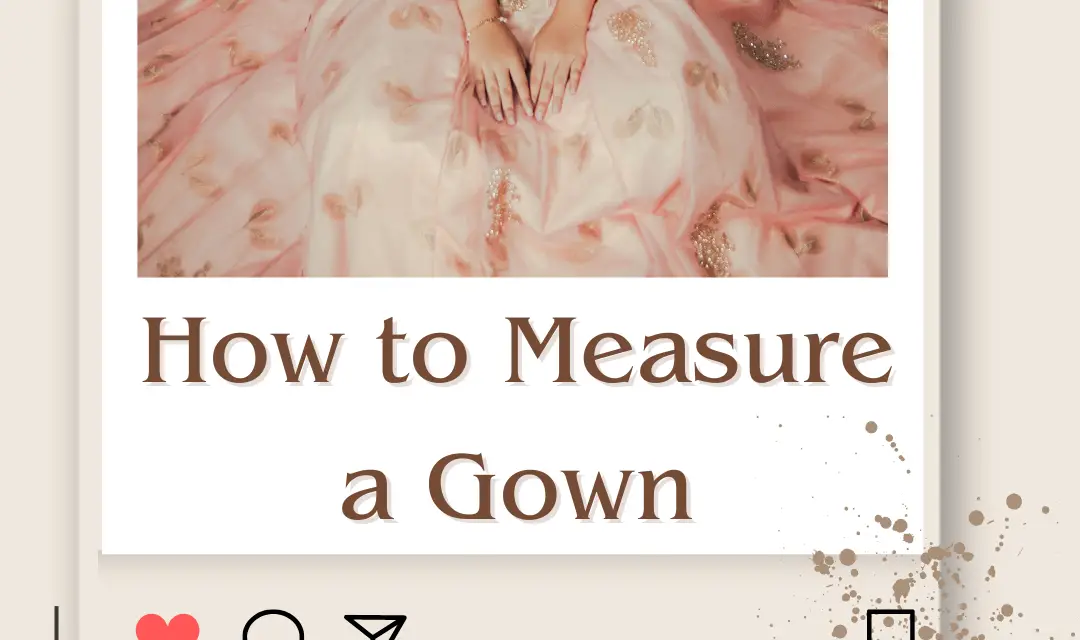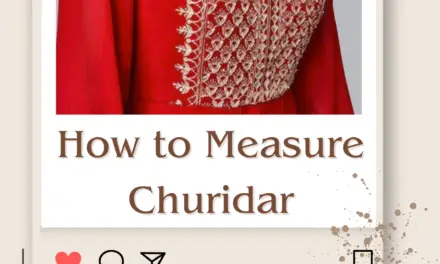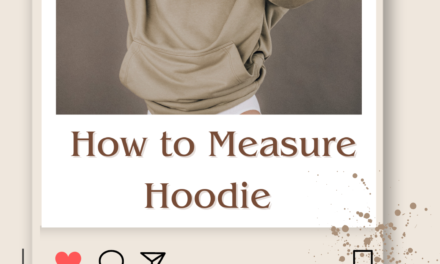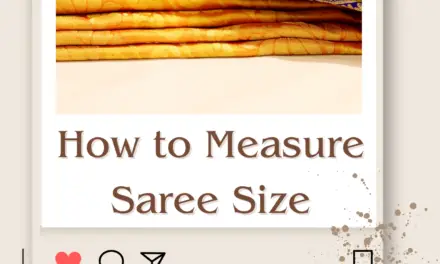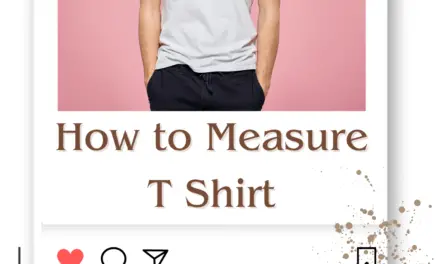How to Measure Gown Size? When it comes to looking glamorous and elegant, a gown is a go-to choice for many special occasions. Whether you’re attending an event, a wedding, or a formal gala, wearing a well-fitted gown can make you feel like a true fashion icon. However, to achieve that flawless fit, it’s essential to know how to measure a gown accurately.
In this guide, we’ll take you through steps and instructions on measuring for a gown, along with helpful tips and insights. So, let’s dive in and ensure that your next gown fits like a dream. and also check out How to Measure a Skirt, for more.
Note: Make sure to match your Gown with Branded Lingerie for an overall perfect appearance. & not confused with Lehenga Measurement it’s completely different than a gown size.
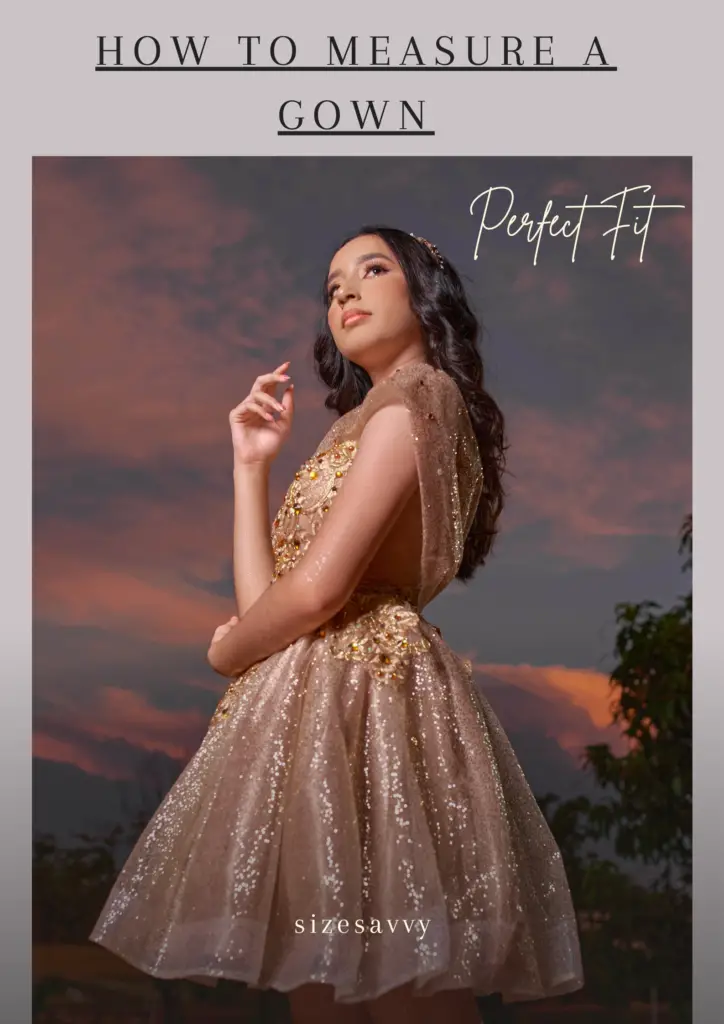
Essential Measurements for a Gown
| Gown Measurement | Description |
|---|---|
| Bust | Measure around the fullest part of your bust. |
| Waist | Measure around your natural waistline. |
| Hips | Measure around the fullest part of your hips. |
| Hollow to Hem | Measure from the base of your neck to the hemline. |
| Arm Circumference | Measure around the fullest part of your upper arm. |
| Shoulder to Floor | Measure from the top of your shoulder to the floor. |
| Sleeve Length | Measure from the top of your shoulder to the wrist. |
Measurements for Various Gown Sizes
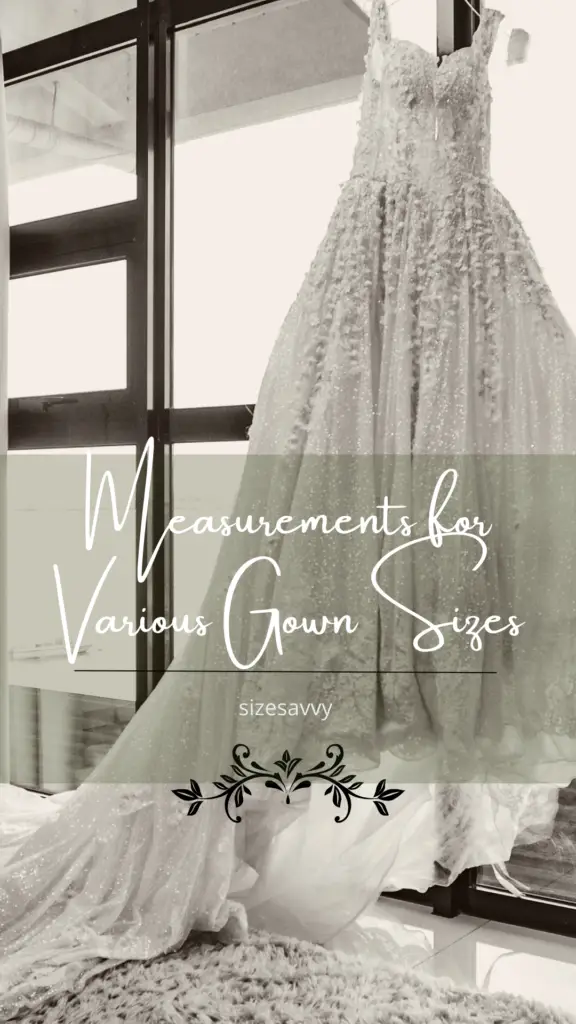
| Size | Bust (in) | Waist (in) | Hips (in) | Hollow to Hem (in) |
|---|---|---|---|---|
| XXS | 31-32 | 23-24 | 33-34 | 52-54 |
| XS | 33-34 | 25-26 | 35-36 | 54-56 |
| S | 35-36 | 27-28 | 37-38 | 56-58 |
| M | 37-38 | 29-30 | 39-40 | 58-60 |
| L | 39-40 | 31-32 | 41-42 | 60-62 |
| XL | 41-42 | 33-34 | 43-44 | 62-64 |
| XXL | 43-44 | 35-36 | 45-46 | 64-66 |
How to Measure Gown Size
- Bust Measurement:
- Stand straight with your arms relaxed by your side.
- Wrap the measuring tape around the fullest part of your bust, ensuring it’s parallel to the ground.
- Waist Measurement:
- Locate your natural waistline, which is the narrowest part of your waist.
- Wrap the measuring tape around your waistline, making sure it’s snug but not constricting.
- Keep the tape parallel to the ground and avoid holding your breath or sucking in your stomach.
- Hip Measurement:
- Stand with your feet together and your hips relaxed.
- Maintain a natural and comfortable posture during the measurement.
- Hollow to Hem Measurement:
- Stand up straight with your feet together.
- Place the measuring tape at the base of your neck, where your collarbones meet.
- Let the tape run down the front of your body, following the contour of your bust, waist, and hips.
- Arm Circumference Measurement:
- Bend your arm slightly and relax it by your side.
- Wrap the measuring tape around the fullest part of your upper arm, ensuring a comfortable fit.
- Shoulder to Floor Measurement:
- Stand against a wall or have someone assist you.
- Place the measuring tape at the top of your shoulder, where it meets your neck.
- Allow the tape to run vertically down your body, following the natural curve of your spine.
- Sleeve Length Measurement:
- Extend your arm in front of you, bending it slightly at the elbow.
- Let the tape run down your arm, following the contour, until it reaches your wrist bone.
Factors to Consider for Gown Measurements

- This is a general guideline, and actual measurements may vary depending on the brand and style of the gown.
- The “Hollow to Hem” measurement is crucial for determining the right length for your gown. Measure from the hollow point just below your collarbone to the desired hemline.
- Consider your body type and desired fit when choosing a gown size. Some gowns may run looser or tighter than others.
- Always consult the specific size chart and fit guide for the gown you’re interested in for the most accurate information.
Conclusion: Knowing how to measure a gown properly is key to achieving a flawless and comfortable fit. By following the step-by-step instructions and taking accurate measurements of your bust, waist, hips, hollow to hem, arm circumference, shoulder to floor, and sleeve length, you can ensure that your next gown will enhance your natural beauty and make you feel confident on any occasion.
FAQs on Gown Measurements
Can I measure a gown without using a measuring tape?
Yes, if you don’t have a measuring tape, you can use a piece of string or ribbon to measure your body and then measure the length using a ruler or yardstick.
Is it necessary to measure the gown’s train length?
The train length may not be necessary to measure unless you specifically want to know the exact length of the train. However, it’s important to consider the train length when determining the overall length of the gown.
How do I measure the gown’s neckline accurately?
To measure the neckline, use a flexible measuring tape and place it around the base of your neck where the neckline of the gown would sit. Make sure the tape is snug but not too tight.
Should I measure my body before or after eating a meal?
It’s generally recommended to measure your body before eating a meal, as food intake can temporarily affect body measurements, particularly around the waist area.
Can I measure the gown length by trying it on?
Trying on the gown can give you a general idea of the length, but for precise measurements, it’s best to use a measuring tape and measure from the desired starting point, such as the shoulder or waist, down to the desired length.
How do I measure the gown’s waist if it has a corset or lace-up back?
When measuring the waist of a gown with a corset or lace-up back, measure around the narrowest part of your waistline, while ensuring that the corset or laces are tightened to your desired fit.
What if my gown has asymmetrical or unconventional hemlines?
For gowns with asymmetrical or unconventional hemlines, it’s important to measure from the highest point of the hemline to the desired length, considering the intended design and style of the gown.

